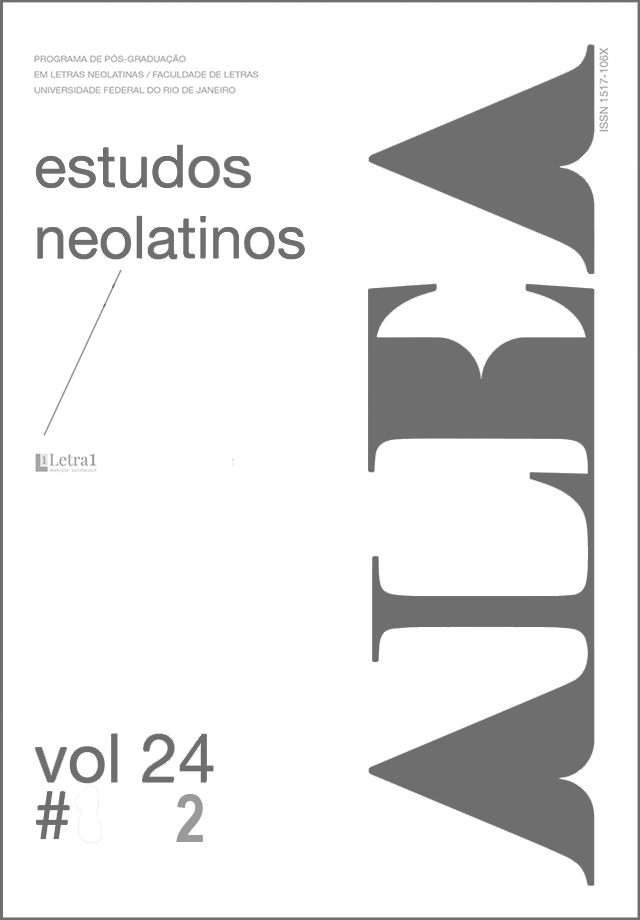O belo animal, o drama pós-catástrofe e o paradigma testemunhal
Abstract
O estudo parte da noção de “belo animal” para pensar os paradigmas compositivos do drama contemporâneo na esteira das reflexões de Jacques Rancière e Jean-Pierre Sarrazac. Nesse caminho crítico, a imagem anatômica da fábula teatral, ainda presente em teóricos modernos como Hegel e Peter Szondi, é deslocada para uma metáfora teratológica que propõe o mythos como reminiscência e testemunho, político e íntimo, do sujeito ficcional. A lógica sintagmática da ação, o drama-na-vida, é remontada em uma razão inorgânica e regressiva da sequência dos atos, consubstanciando um tratamento estético que, como Paixão e Processo, caracteriza o que denominamos de dramaturgia pós-catástrofe.
Downloads
Published
Issue
Section
License
THE AUTHOR/S confirm/s his, her or their participation in all stages of work preparation: 1) Conception, project, bibliographical research, analysis and interpretation of data; 2) Writing and reviewing the manuscript; 3) Approval of the final version of the manuscript for publication; 4) Responsibility for all aspects of the work and guarantee for the accuracy and integrity of any part of the work. The submission of works implies the immediate cession, without onus, by all authors, of publication rights to the journal Alea, licensed under CC BY (https://creativecommons.org/licenses/by/4.0/). The authors are fully responsible for the content of the article and continue to hold all copyrights for subsequent publications of it, and should, if possible, include the reference to the first publication in the journal. Alea does not commit to returning received contributions. Authors of articles, reviews or translations will receive a copy of the journal.

